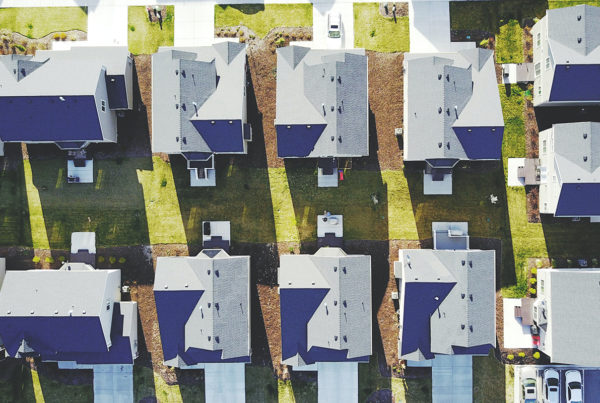The simplest way we define affordable housing is by looking at the demographics of our tenant and the market. We go into older garden-style apartment communities that haven’t been invested in for 20 years, bring the apartments into the modern era, and continue to charge affordable rents.
According to the State of the Nation’s Housing 2020 Report by the Joint Center for Housing Studies at Harvard University, approximately 37.1 million households, about 30% of all American households, were considered “cost burdened” in 2019, which means they spent more than 30% of their income on housing. Approximately 14% of American households spend 50% or more of their income on housing, the report states.
The problem is worse for extremely low-income renters whose household income is below the poverty level, or 30% of area median income. According to the National Low Income Housing Coalition, the U.S. has a shortage of seven million affordable rental homes for those households.
Christopher Ptomey, executive director of the Terwilliger Center for Housing at the Urban Land Institute, says there’s a disconnect in the housing market between the higher end of the market and the low end. “The problem is there’s no moderate-income housing for people to move up from lower-cost housing, or to move down from an expensive apartment if their circumstances change. REITs can provide investment into that middle level of housing,” Ptomey says.
READ MORE



